The lane I walk along most days with Noushi is lined with young hazels, growing through the ivy hedgerows. To be honest, I don’t usually pay them much attention unless I spot a dunnock hopping about near them, or a rat scurrying in the ivy behind.
Last week though, something made me stop to look a bit closer. The hazels are currently covered in catkins, and when you stop to admire them like I did, you’ll see they really are complex and beautiful things.
Hazel Catkins
Hazels are monoecious, meaning the male and female flowers grow on the same tree. Those dangly yellow catkins you can see above are the male flowers (each catkin actually has at least 200 male flowers on it, each covered by a scale) and the female flowers start off as small buds above the catkins from which bright crimson tendrils emerge when they are ready to receive pollen. Hazels are wind-pollinated, and each female flower must be pollinated by pollen from the male flowers of another hazel tree. Once pollinated, it’s these female flowers that will eventually mature into hazelnuts.
See if you can find some hazel catkins this weekend where you live. If you give one a gentle prod you might even see the yellow pollen dispersing!
Alder catkins
After getting to know the hazel catkins a bit better I wondered if any other trees had catkins at this time of year, and was pleased to come across these on the alder trees in my local nature reserve…
Alder are also monoecious. The long purple-ish catkins on the right are the male alder catkins, which will droop more and turn yellower as they shed their pollen. The brown cones on the left are last year’s female catkins - the buds you can see above these (on the same branch as the male catkins) will turn into this year’s female catkins/fruits. They will be green and waxy before they turn woody, like the ones pictured above and below. The female catkins will open up to release their seeds/nutlets, which are then dispersed by wind and water.
I’ll try and keep an eye on this tree throughout the year, to show you how it changes…
Let me know if you spot any hazel or alder catkins this weekend, and post a photo in the chat so we can see what stage they’re at where you live. I warn you though, photographing them (especially in the wind) is quite a challenge!
Sources and Further Reading
Which trees have catkins and how to tell them apart - Woodland Trust
Alder profile - Woodland Trust
Hazel profile - Woodland Trust
Tree ID by catkins - Tree Guide UK
How to Identify Alder - The Conservation Volunteers
Join in with the chat
When I started this newsletter, I said I would start regular chats for you all to share what you've been noticing in nature. I've not been very good at doing that, and to be honest, it's because I didn't get a huge response when I did (though realistically I know it’s totally my fault - I needed to just persevere and promote the chat more!).
This year I'm trying again! I know not everyone will be experiencing the same things in nature as I am near my home in Kent and I'd love to cultivate more of a community here on Substack... One where people from across the UK - and hopefully even worldwide - share what's going in nature where they live.
I'll do my best to start a chat thread at least once a month for you to share your latest sightings, or to ask the Nature Notice Board community questions about things you've noticed...
I started the first chat thread of 2024 earlier this week and was absolutely thrilled to see so many people taking part and sharing things they had spotted where they live, including this stunner of a photo from
featuring reindeer lichen and snow on the Appalachian Mountains. Wow!You can join in with the chat and share your own photos of what you’ve been noticing in nature here. Please do!
You might also like…
Ash keys, trees and only taking what you need
Today I’d like to encourage you to look out for ash keys, which I hear are good for pickling and can be used like capers. This was one of my failed attempts from last year - when I came to open my jar of pickled ash keys I found they were all grey and mushy and not at all appealing. Although I’d wasted some time and resources,…


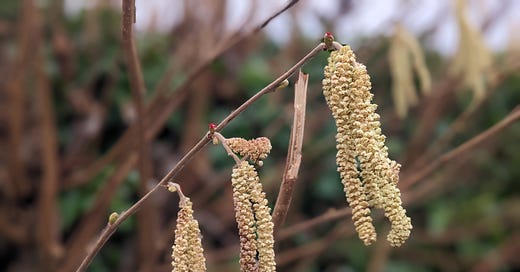



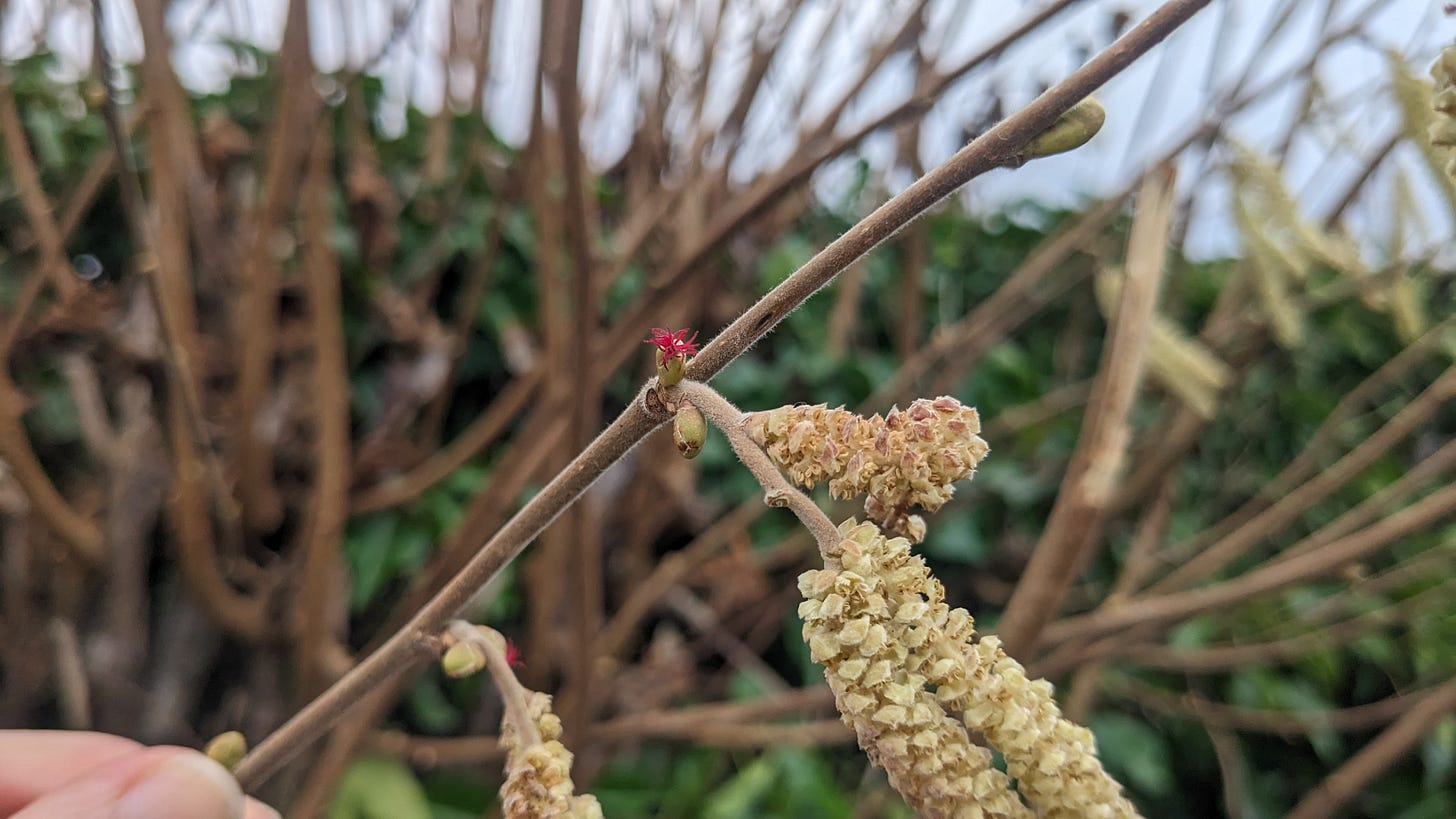
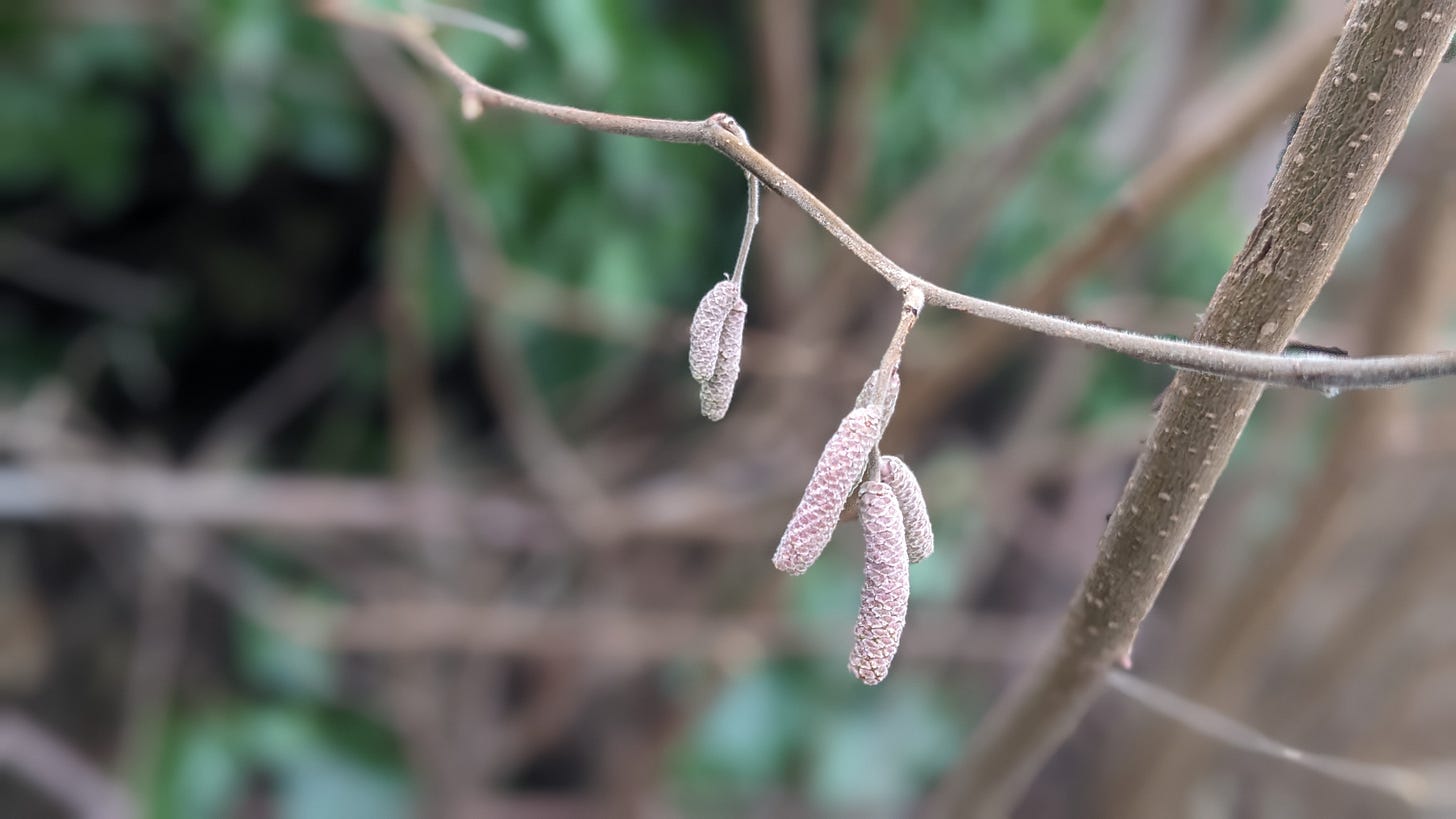
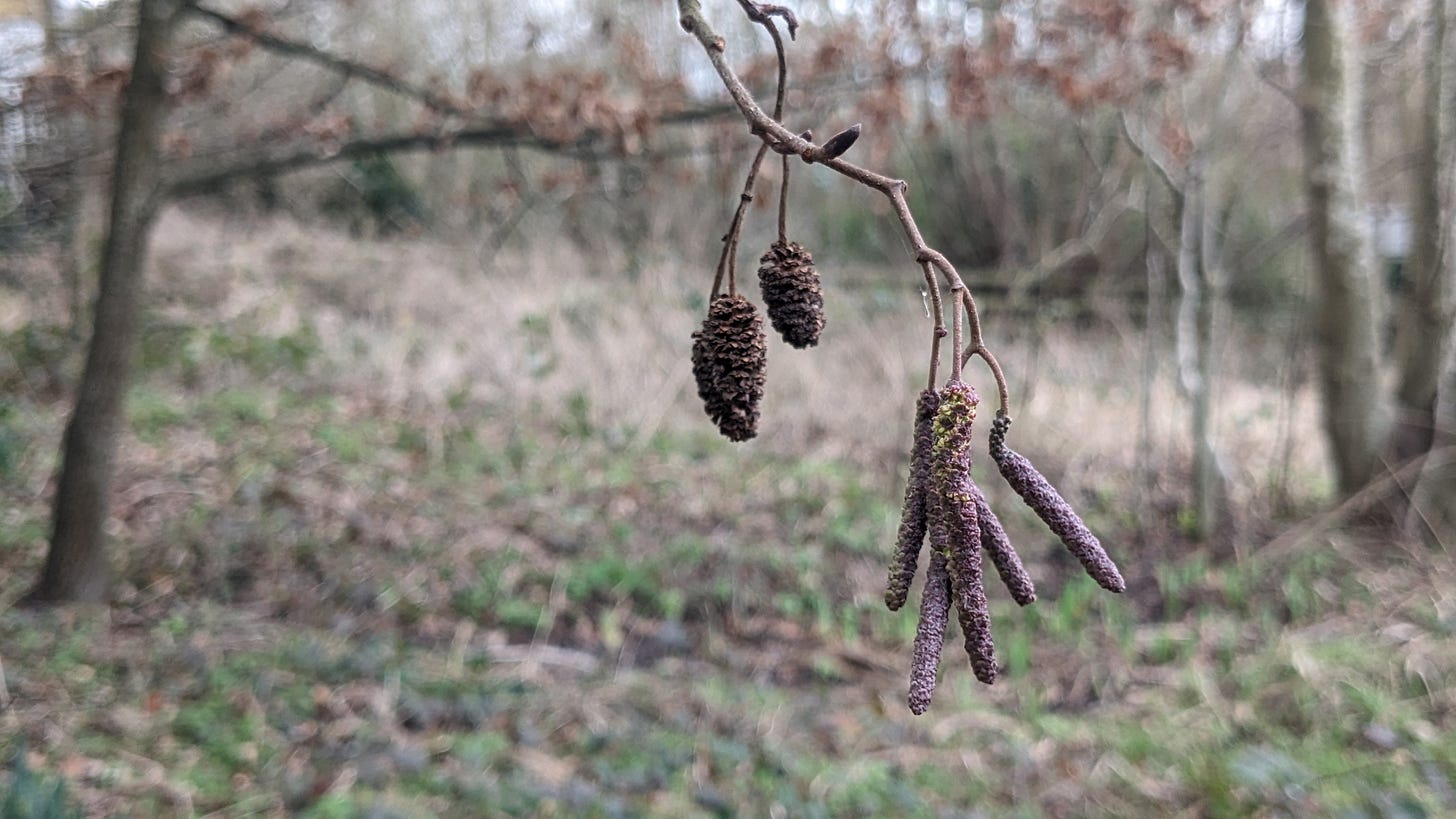

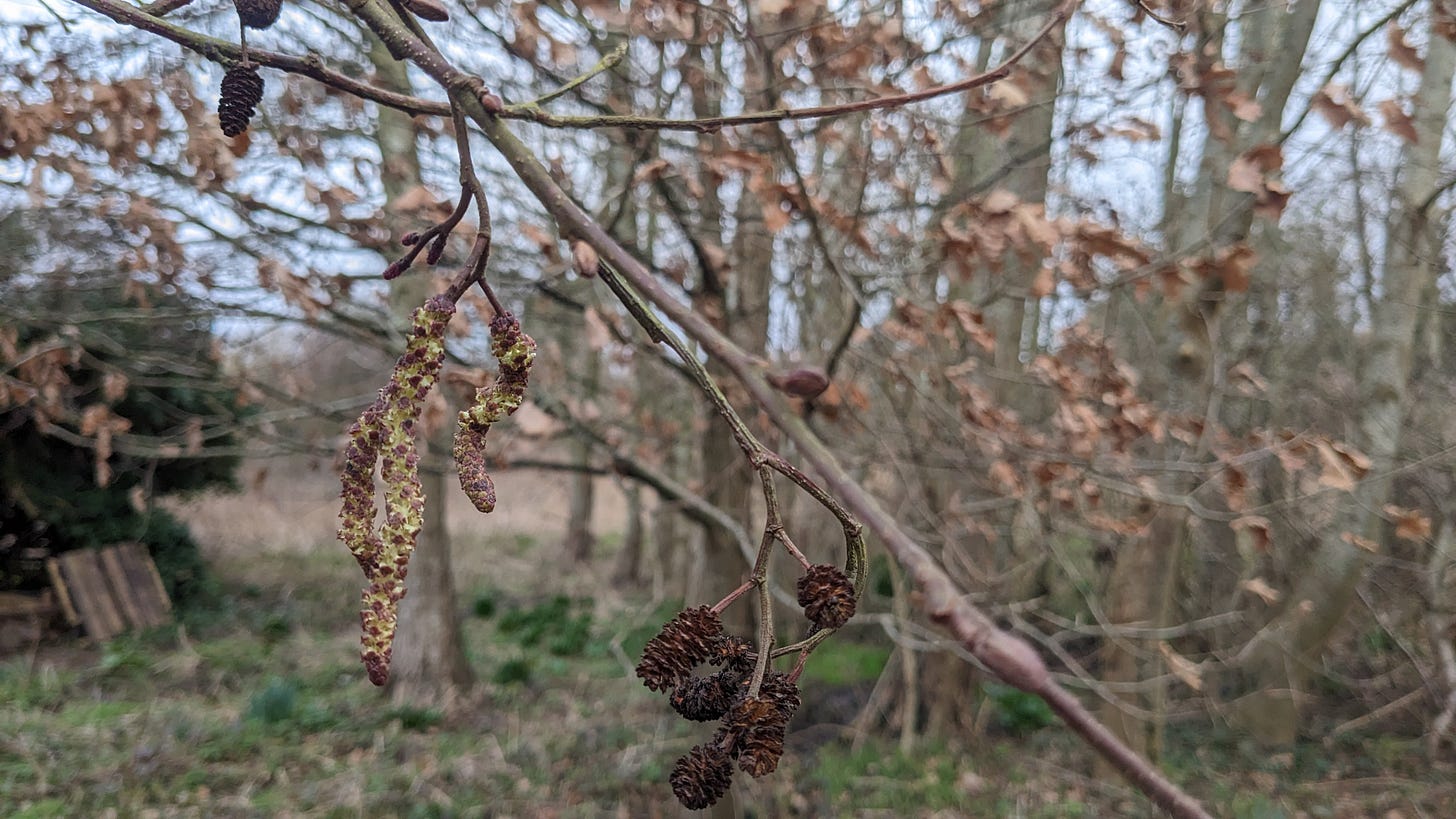

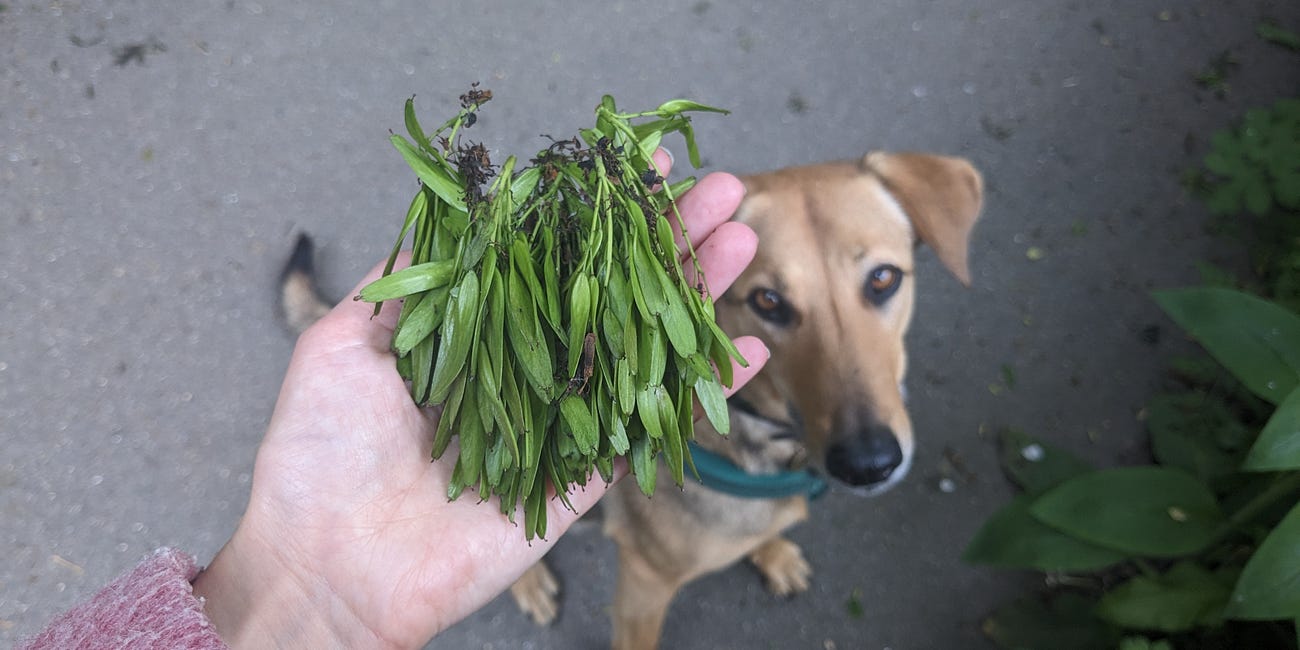
Yay, love this! Happy to find another catkin enthusiast too - I’ve taken so many photos of hazels and alders the last few weeks… I first became aware of the female hazel flowers a couple of years ago and it’s been my mission to get a good phone-camera photo ever since - they are otherworldly treasures! My best attempt is in my latest newsletter 🤓
What a beautifully detailed post on catkins! I never realized how intricate and fascinating these tiny floral structures could be until I took your advice to look a little closer. Your explanation really brought the magic of nature to life for me. I’ve found similar valuable content over at www.urbangardenguides.com, which I highly recommend checking out as well. Keep up the great work—your posts are always a pleasure to read!